Surely this has happened to you. You see a guy driving a nice sports car, or maybe a truck with a giant lift kit. Someone near you decides to chime in: “Oh, he must be compensating for something.”
Dime store social commentary like that always misses the point. You own a sweet car or truck because you like it, not because there’s something wrong with you. And I’m not just saying that because I drive a 12 foot tall Ferrari 488 Pista to work every day.
But you would get a muzzle brake for your pistol if you want to compensate for something. Heck, it’s called a compensator for that very reason. But what is a pistol compensator, how does it work, and where did I leave my drink?
The Problem with Recoil
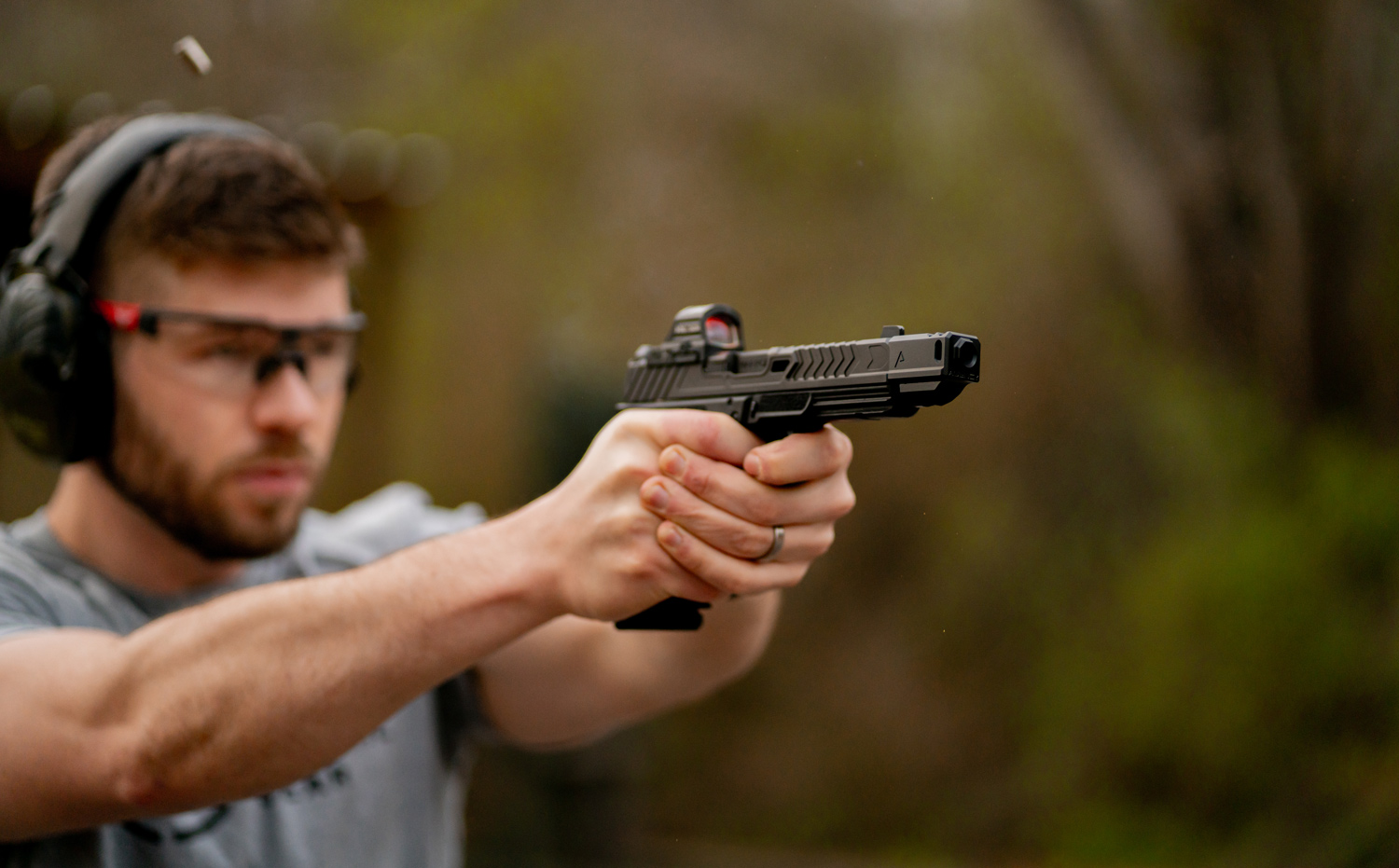
Recoil is going to remain a problem until we figure out how to break the laws of physics. Newton’s third law states “For every action, there is an equal and opposite reaction.” In pistol terms, that means the bullet and propellant gasses exiting the muzzle are exerting just as much force forward as they are back toward the shooter. (Do not confuse this Newton’s fourth law, which states that you can’t put fish in the office microwave.)
The way a handgun is designed accentuates the problem with recoil. That energy isn’t just transferring itself to your arm to make shooting less comfortable. It is also jerking the barrel of the pistol upward, a phenomenon called muzzle flip or muzzle rise. The steeper the angle that recoil flips your muzzle to, the longer it’s going to take you to line up your next shot.
If only there were some extremely useful device that could reduce muzzle flip. You know, maybe something called …
What Does A Compensator On A Pistol Do?
A pistol compensator is a device that helps make muzzle flip more manageable. It can allow a shooter to fire more quickly and remain on target.
How Does a Pistol Compensator Work?
A compensator functions very simply. As white hot propellant gasses are roaring down the barrel, a compensator provides holes through which they can escape upward. Gasses that are vented in this fashion no longer exert their energy forward or backward; They exert their energy downward, which effectively combats muzzle flip. A compensator thus reduces the amount of time it takes to aim again after firing, which is incredibly useful when you want to – or worse yet, have to – fire your pistol very quickly.
Note that a compensator can take the form of a muzzle attachment, or it can be integral to the barrel. A ported barrel has holes machined into its topside. You can see what I’m talking about in this picture I took of my DoubleTap derringer. (Don’t worry, the gun wasn’t loaded.)
The Downsides of Pistol Compensators
A pistol compensator makes it easier to direct rapid, accurate fire. Like so many other things, that benefit to performance comes at a price. There are a few downsides to consider before you use a compensator.
- Lower muzzle velocity. Any energy your propellant gasses expend combating muzzle flip is no longer going toward the bullet. You may not notice a huge difference in performance, but do expect a lower muzzle velocity and less energy on impact when you use a compensator.
- Reduced safety. The gasses that exit a compensator are hot enough to burn your skin. That’s not a problem when you’re handling a pistol correctly, but if you get into a fight and have to fire at an awkward angle? Well, let’s just say your compensator better not be venting at your eye.
- Reduced night vision. Even the muzzle flash from handgun without a compensator can impact your night vision. When that flash is additionally emitted directly into your line of sight, you might really have trouble seeing after firing your first shot in the dark.
- Sight fouling. A compensator can foul up a handgun’s front sight. This isn’t a big deal if you have iron sights, but tritium or fiber optic sights can become invisible pretty quickly when they’re covered in cartridge discharge residue.
- TMJ bullets are off the table. Because of the way a total metal jacket (TMJ) bullet is made, there is a slight chance a compensator or ported barrel will shave off a thin piece of its jacket. You really don’t want a sliver of copper hitting you at several hundred feet per second, so stick to full metal jacket (FMJ) bullets for training.
Compensators vs. Flash Hiders
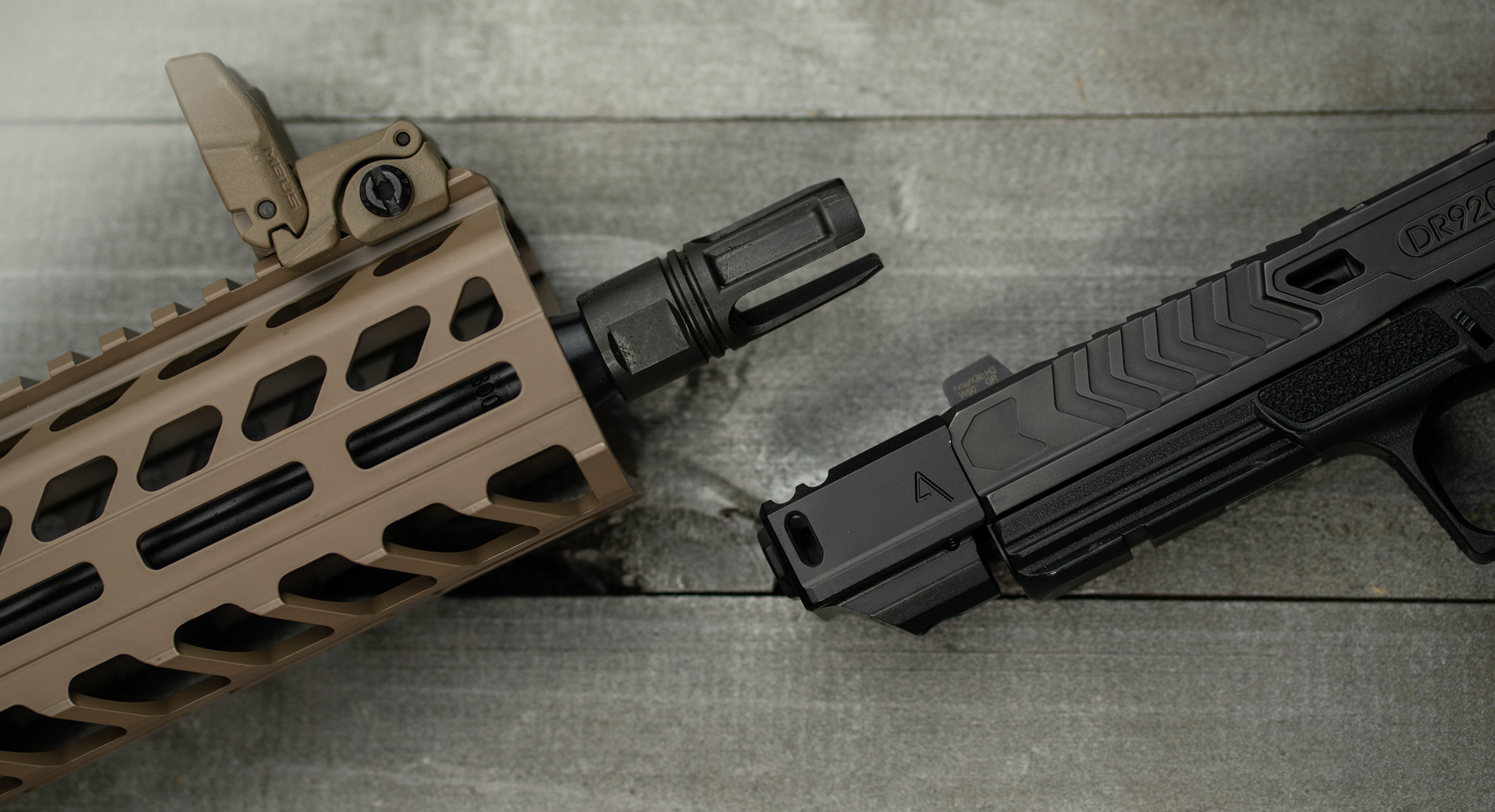
There is another device you can put on the end of your muzzle called a flash hider. The appropriately named accessory helps to preserve its shooter’s night vision by reducing the intensity of muzzle flash. While a flash hider may also be designed to reduce muzzle flip to some degree, it is not the same thing as a compensator.
The Takeaway
Use a compensator or a ported barrel when you want to reduce how much your barrel flips upward after firing. While a compensator will make it easier to aim successive shots faster, it also reduces muzzle velocity, impacts night vision, and makes it more dangerous to have any part of your body next to the muzzle.


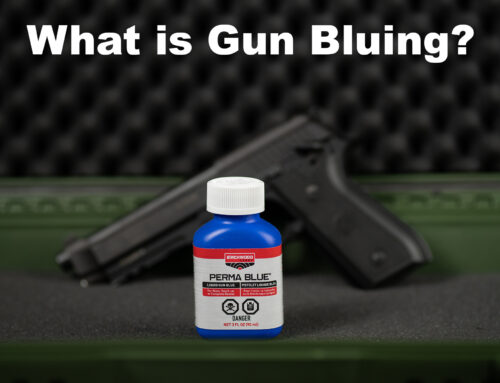
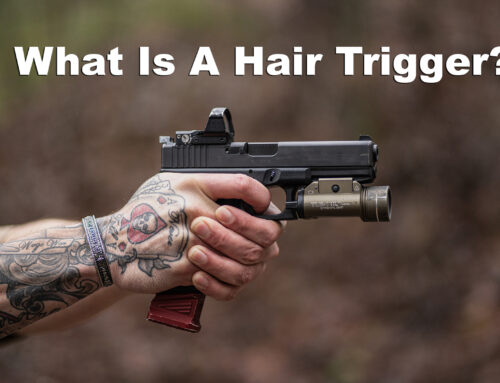
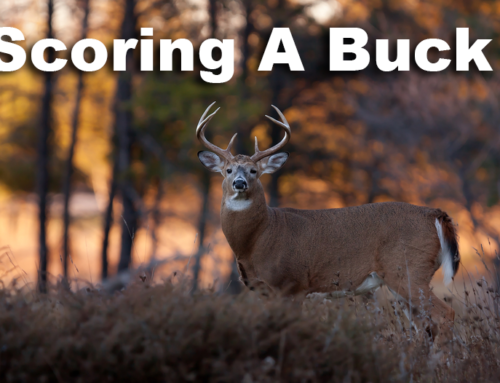
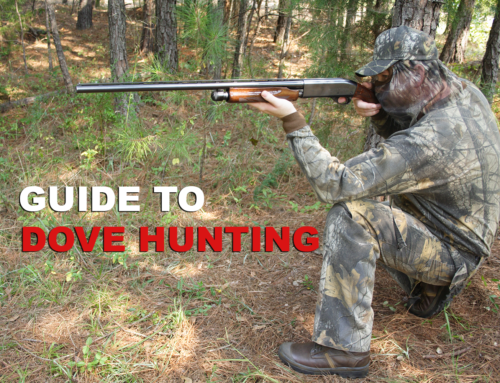
Leave A Comment